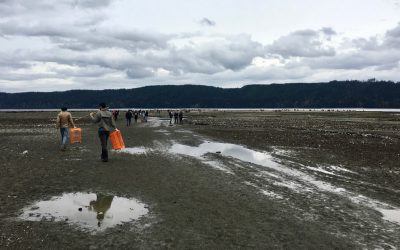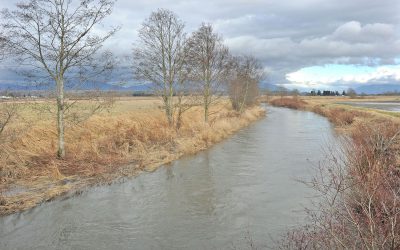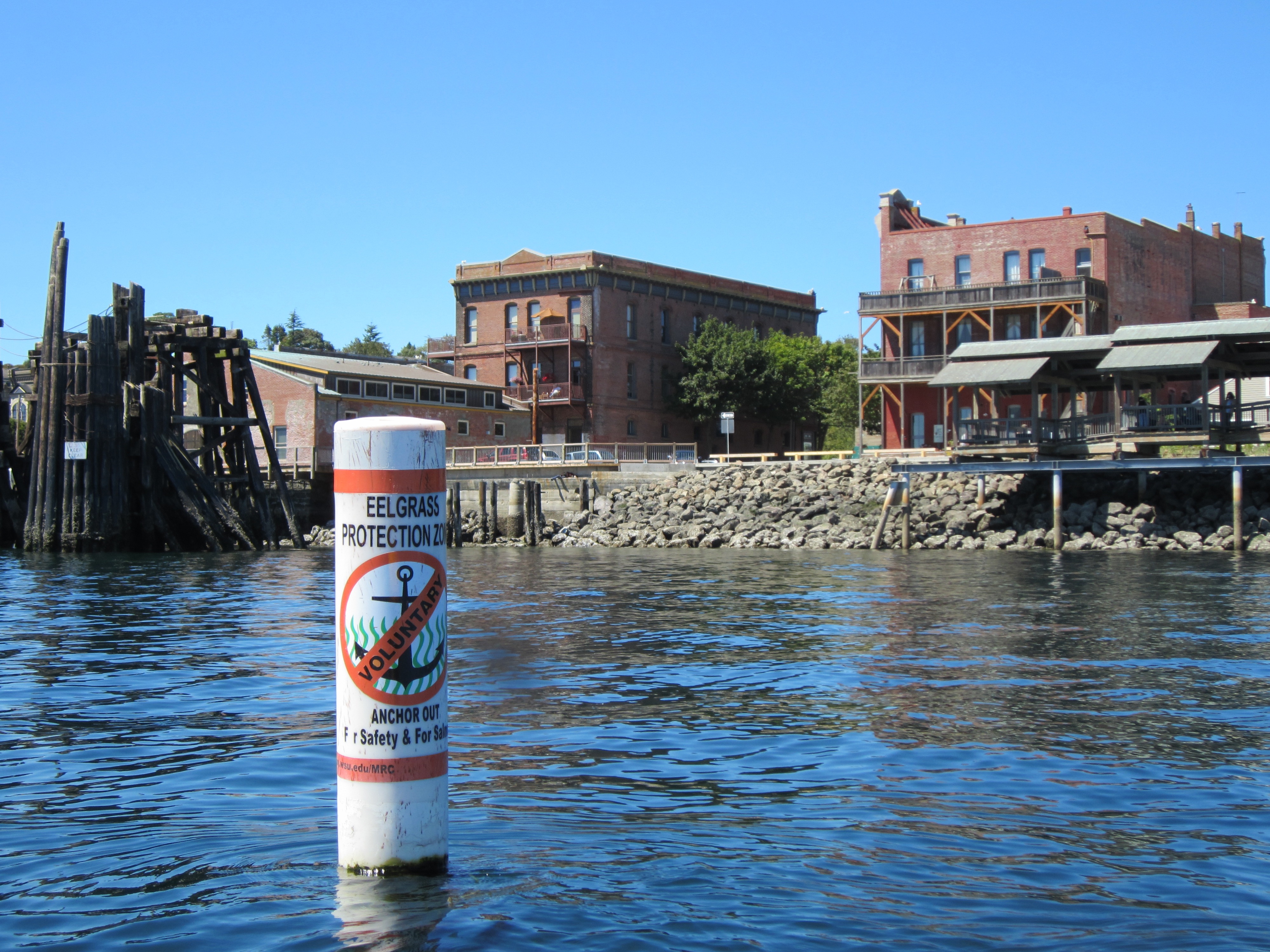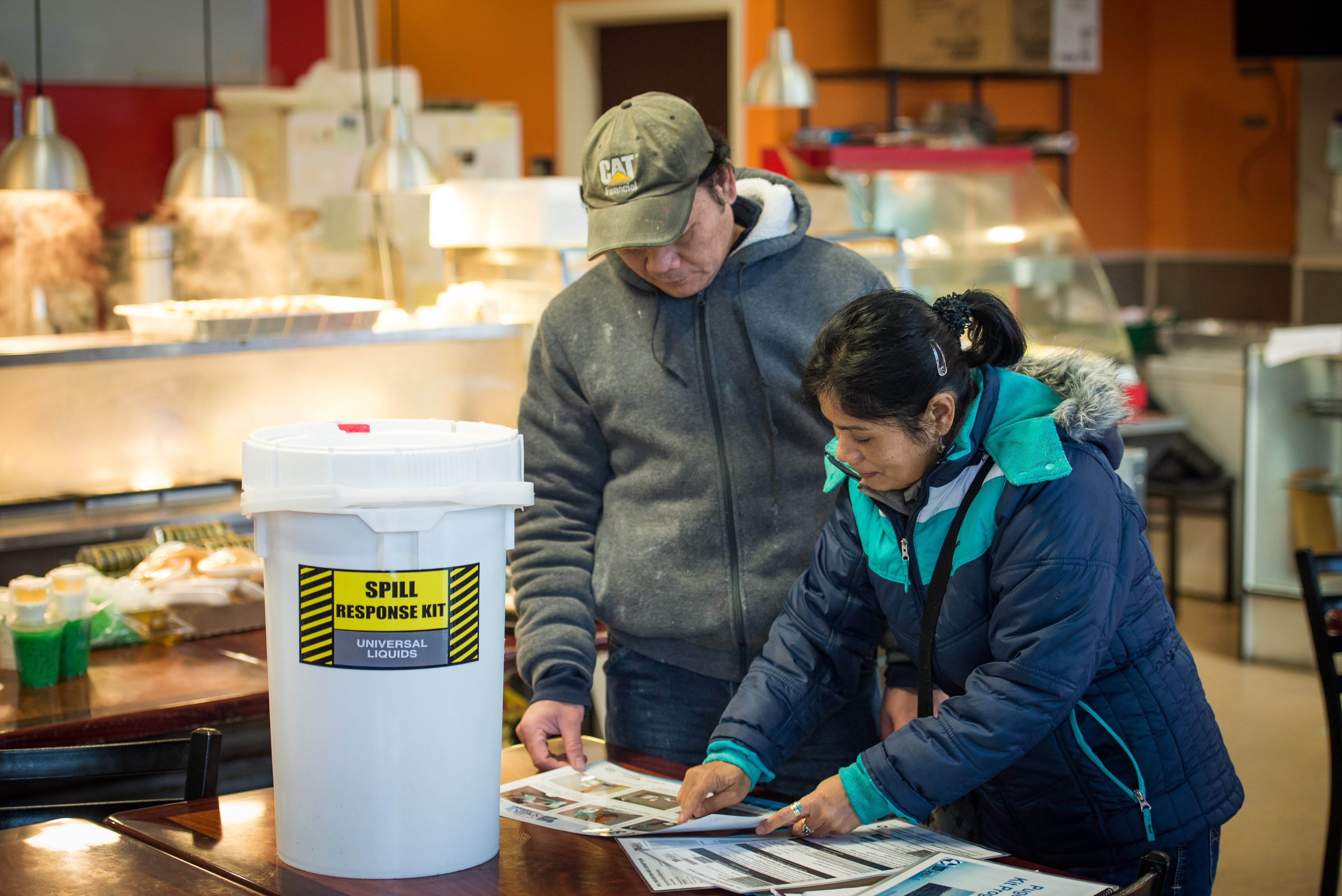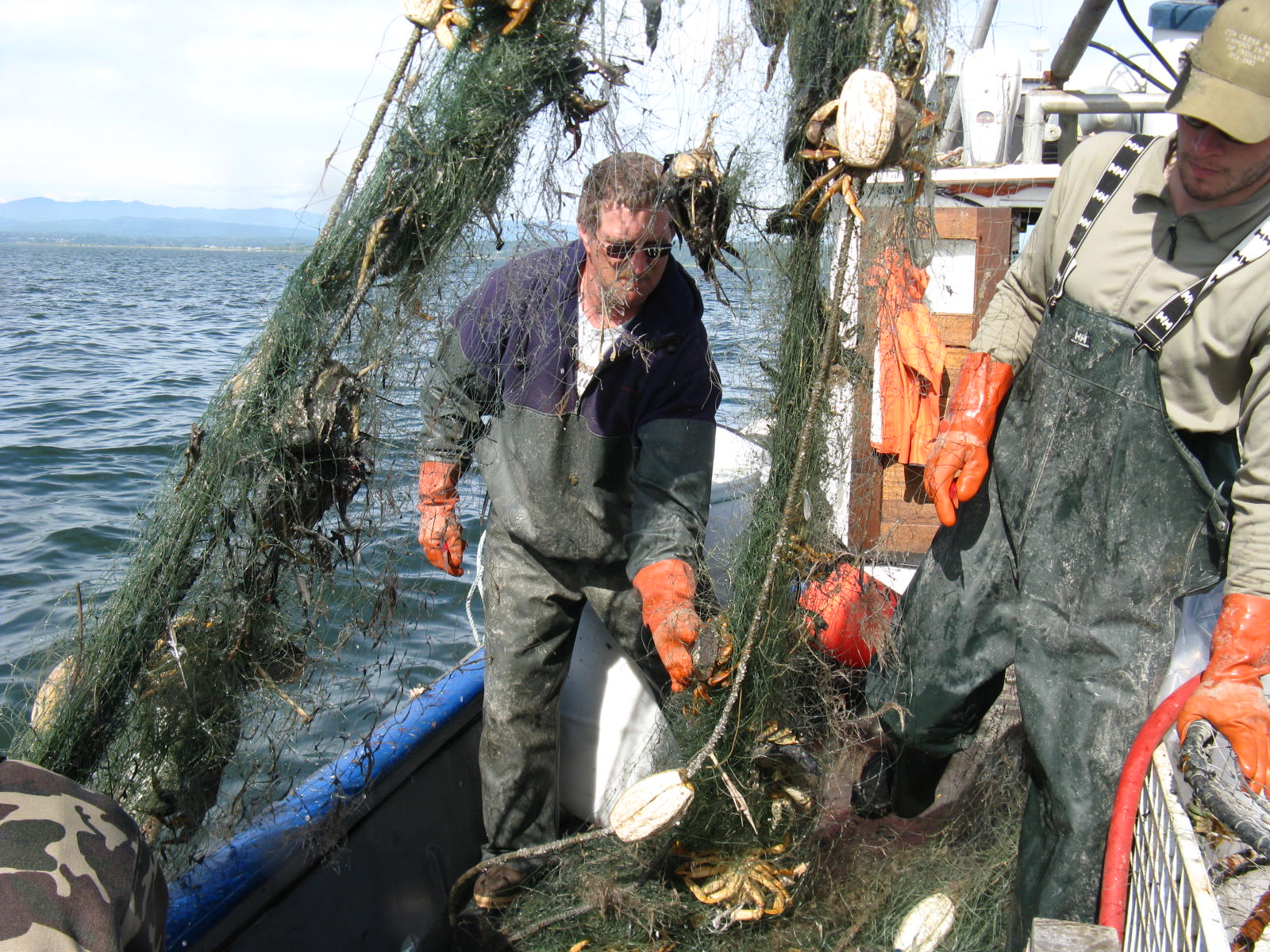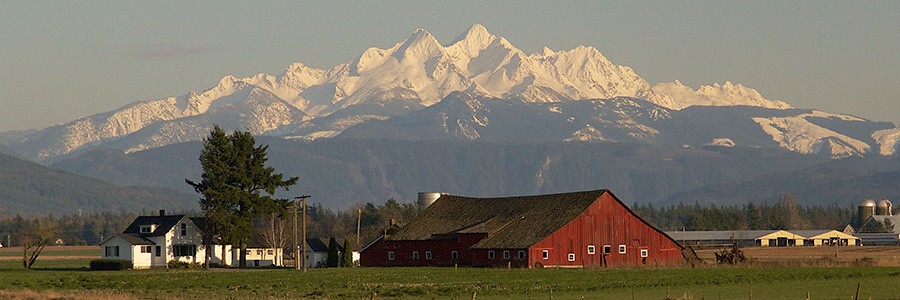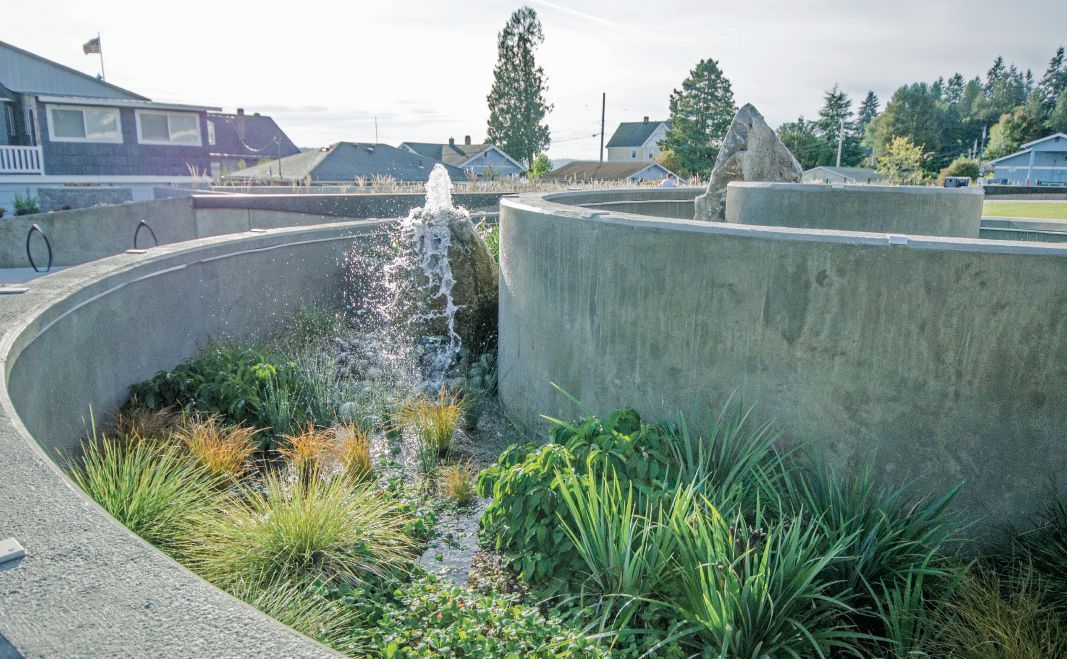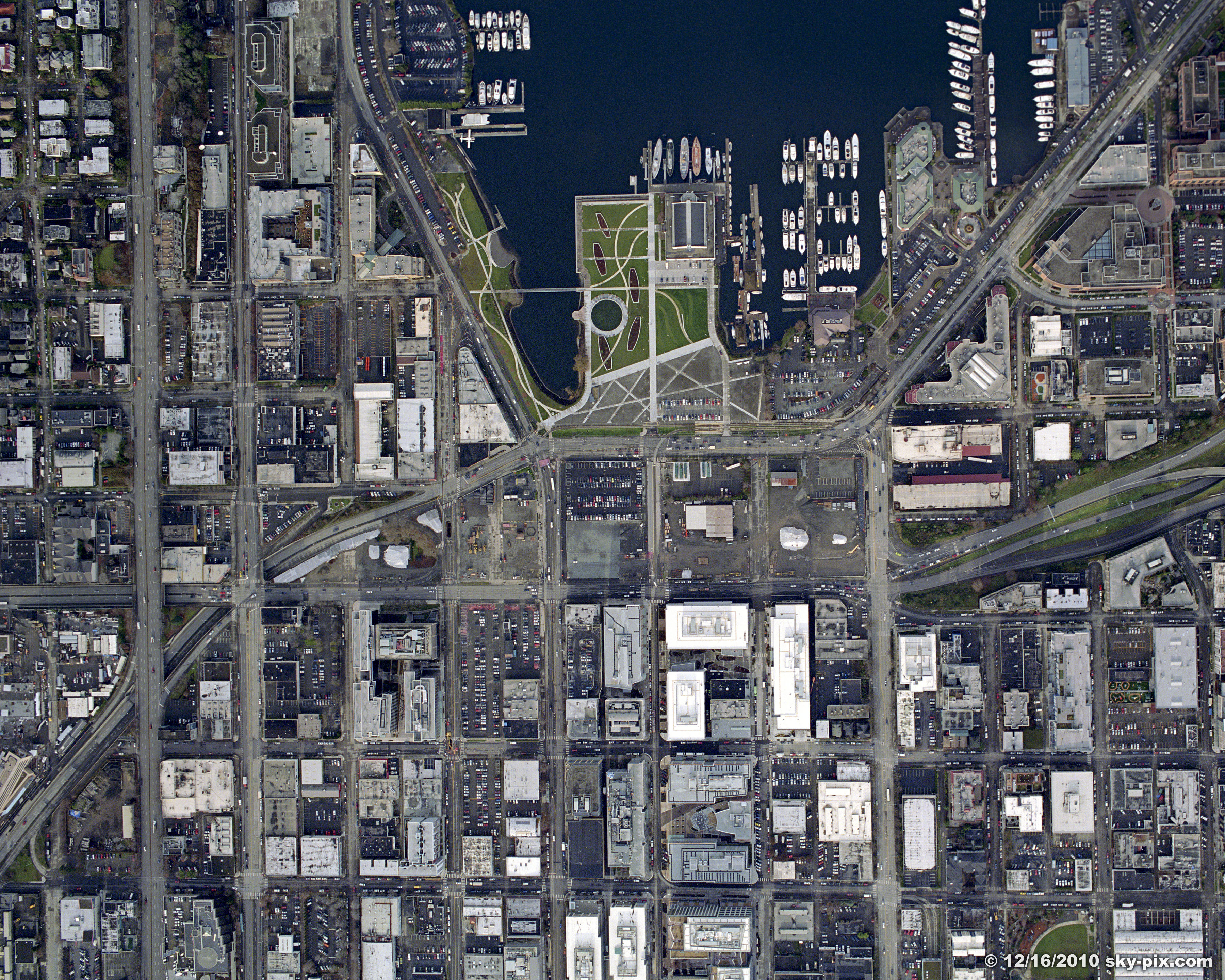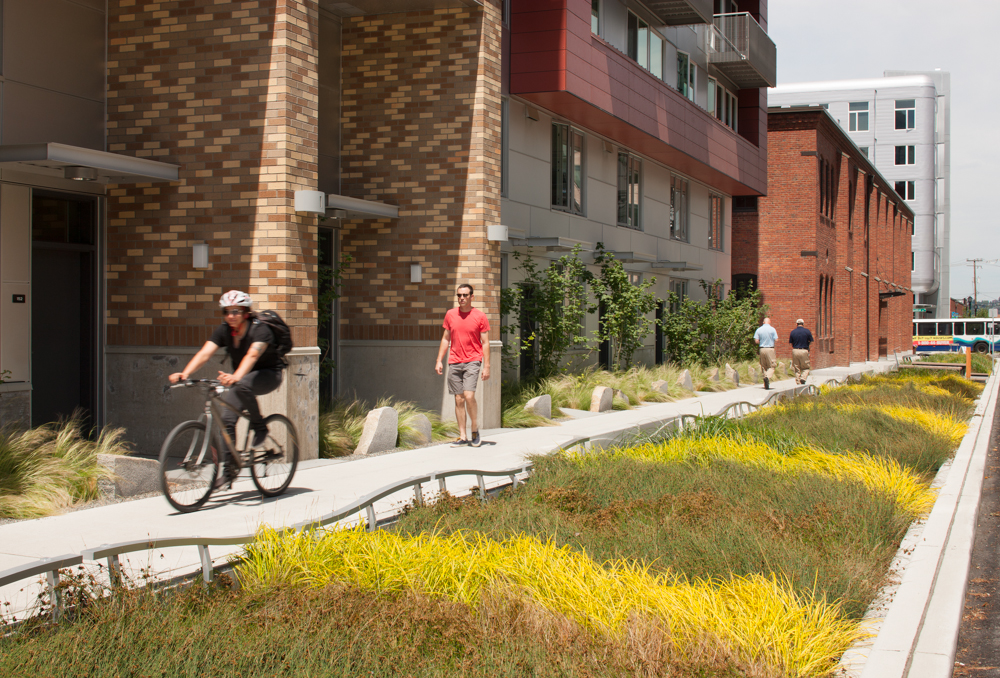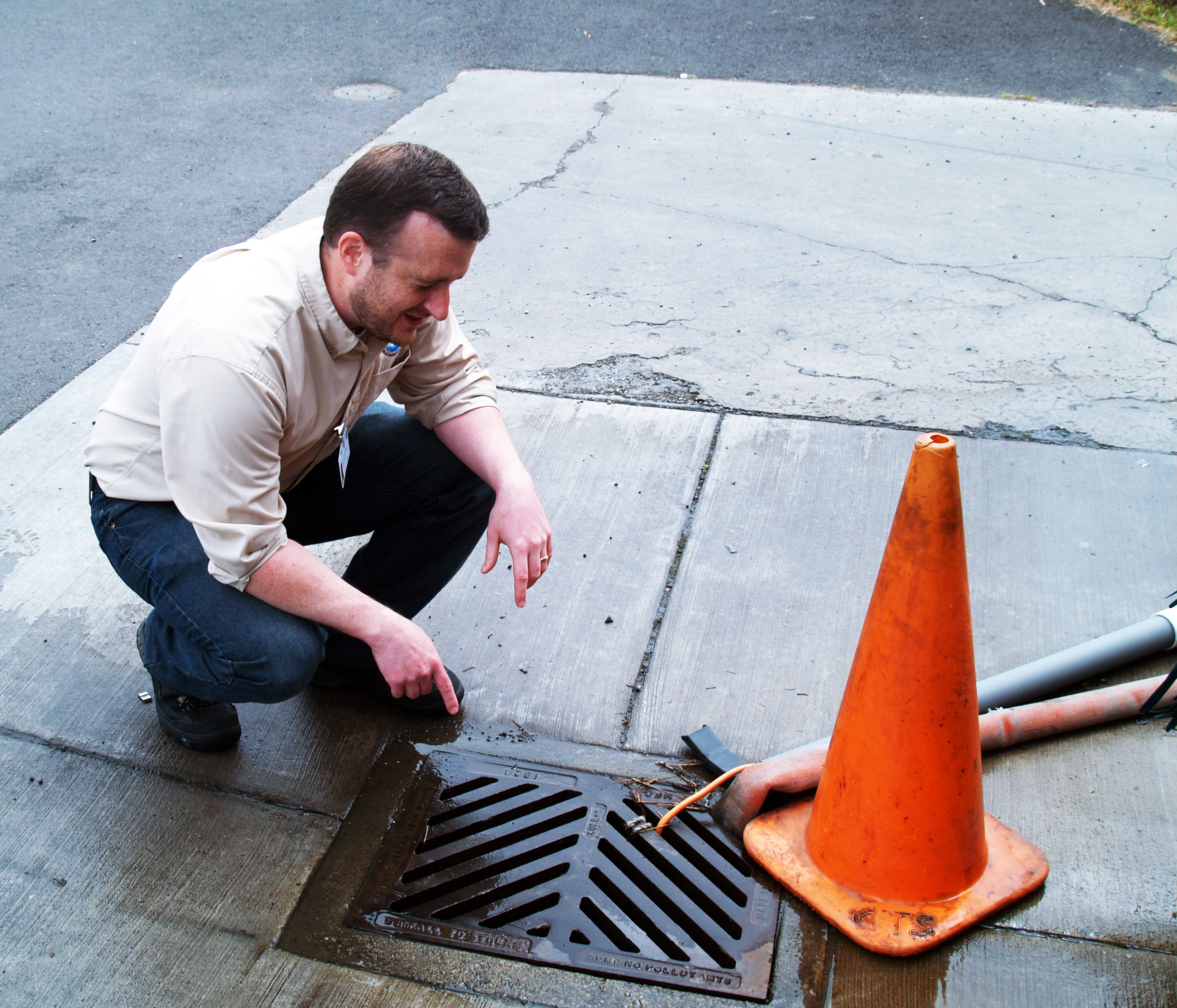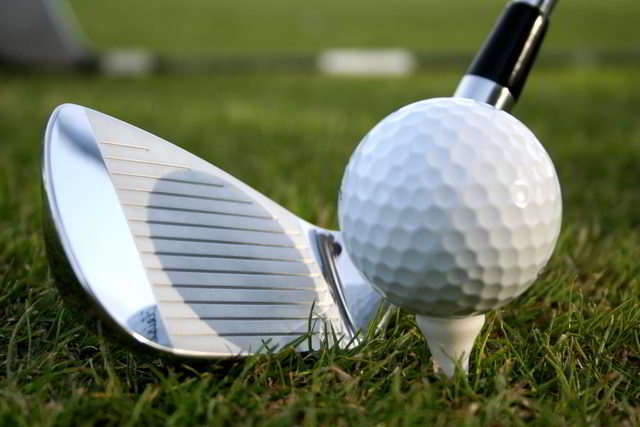Counties and tribes collaborating to improve water quality The Hood Canal Regional Pollution Identification and Correction (HCRPIC) Program is a unique collaboration between the Hood Canal Coordinating Council, Kitsap County, Mason County, Jefferson County, the...
Clean Samish Initiative
Cleaner water for shellfish beds The Puget Sound Partnership 's Leadership Council set a goal of upgrading 10,800 acres of shellfish beds by 2020. Over 4,000 of those acres are in the Samish River watershed. The Clean Samish Initiative is a partnership working to...
Voluntary No Anchor Zones
Protecting eelgrass and shellfish habitats through voluntary community action Port Townsend is a popular destination for pleasure boaters in Washington's inland waters. Eelgrass beds flourish in the nearshore just beyond the waterfront and were at risk for significant...
ECOSS Spill Kit Program
Preventing accidental spills before they drain into waterways Stormwater runoff is the leading source of pollution in Puget Sound watersheds. During storms, rainwater picks up everyday spills and leaks from business activities, construction work and vehicles. These...
Derelict Fishing Gear Program
Protecting marine animals from entanglement in lost fishing gear Commercial and recreational fishing is a way of life in Puget Sound where generations have enjoyed the bounty of the harvest and the thrill of the catch. Lost fishing gear such as gillnets and crab pots...
Regional Conservation Partnership Program: Whatcom County
CONGRESSIONAL DISTRICT: 1 LEGISLATIVE DISTRICT: 42, 21 WRIA: 1 COUNTY: Whatcom County NRCS INVESTMENT: $1.3M PROJECT SUMMARY Regional Conservation Partnership Program (RCPP) is a Farm Bill program administered by the USDA Natural Resources Conservation Service....
Hood Canal Bridge Ecosystem Impact Assessment
Project Summary The Hood Canal Bridge connects people and commerce between the Olympic Peninsula and the rest of Puget Sound. A floating bridge, its pontoons span 83% of the width of Hood Canal and extend 15 feet underwater. The bridge stands between the Pacific Ocean...
Maury Island & Quartermaster Harbor
Thanks to improved water quality, the Washington State Department of Health recently reopened 180 acres of shellfish beds on Vashon Island to commercial and recreational harvesting for the first time in 20 years. Water quality in Quartermaster Harbor suffered not...
Manchester Stormwater Park
Manchester Stormwater Park is Puget Sound's first stormwater park, providing water quality treatment for an entire community's stormwater in just one small park. The project supports Kitsap County's efforts to meet the requirements of the federal Clean...
Landscape Conservation & Local Infrastructure
The Landscape Conservation and Local Infrastructure Program in Seattle has been a major success. This program gives cities a financial incentive to use transfer of development rights—a market-based growth management and conservation tool. Rural landowners...
Capitol Hill Water Quality Project—Swale on Yale
Whenever it rains, untreated stormwater from more than 600 acres of north Capitol Hill, in Seattle, drains directly into Lake Union. Stormwater flows down buildings and across the streets, collecting pollutants before being discharged to the lake. Lake Union is a key...
Washington’s Local Source Control Partnership
Washington's Local Source Control Partnership offers small businesses in 19 Puget Sound communities free, hands-on pollution prevention assistance, such as spill prevention, proper chemical management, and other resources. Many pollution prevention programs focus on...
Kingston Recycled Water
Kingston's recycled water project involves upgrading the Kingston Treatment Plant from secondary to tertiary treatment and providing the resulting recycled water to irrigate the White Horse Golf Club. The water will also be used to enhance stream flow and improve the...
Floodplains By Design
Floodplains by Design began with $500,000 in U.S. Environmental Protection Agency funding in 2012, and since then Floodplains by Design has invested more than $80 million in Puget Sound floodplain projects. This collaborative effort has brought local and tribal...

